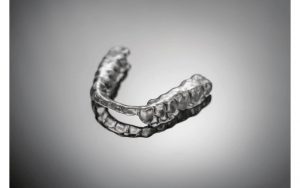I received a frantic call from the father of a 9-year-old boy who while playing with a friend tripped and fell face down and chipped his permanent upper central incisor tooth. The father had consulted a local dentist and was advised a root canal treatment for the child in order to save the tooth. He had saved the chipped part of the tooth and wanted to know whether it could be reattached.
Upon taking a look at the child, I noticed that the tooth had fractured exposing a small pinpoint part of the nerve of the tooth which lies within the centre of the tooth. The child being 9 years old meant that the tooth was not completely formed. Adding fuel to fire, a root canal treatment would disallow the tooth to form fully. The nerve which helps the tooth to form is removed from the tooth while doing a root canal treatment, and now the tooth is dead and brittle. This is detrimental to the tooth as the success of the root canal treatment depends on the complete formation of the tooth. Therefore, it is very important to save the nerve of the tooth so that the blood supply is maintained and this allows for the tooth to complete its formation. This is a fundamental responsibility towards the tooth which must be saved at all costs.
Back to our patient-the tooth fragment was “bonded” back onto the tooth under rubber dam isolation. A check up after 3 months and a follow up x-ray showed the root development taking place successfully, and the vitality of the tooth intact. This is all the tooth needed at the present time. The tooth was saved from the detrimental effects of a root canal treatment on a young child. 6 monthly follow up visits were advised. If there is one thing that I have learned in 23 years of practising dentistry: Less is always more!


















